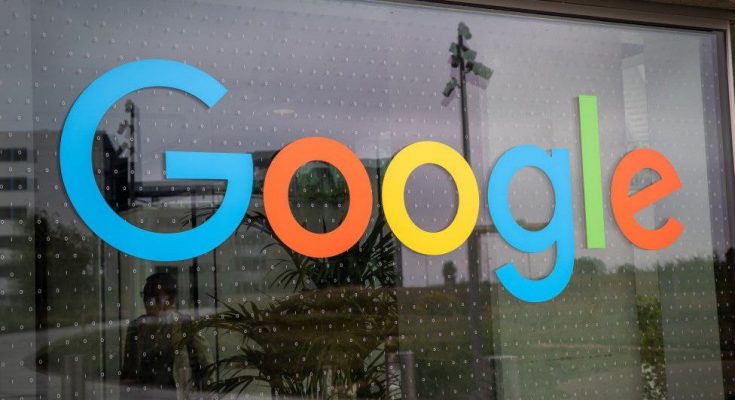Introduction to the product being discontinued
Google has officially pulled the plug on a product that millions relied on daily. In a surprising move, the tech giant announced the discontinuation of one of its most popular services, leaving users shocked and scrambling for alternatives. Whether you were an avid user or just a casual downloader, this news hits hard in today’s digital landscape. As we dive into this major transition, it’s essential to explore the history behind this product, understand why it was discontinued, and look at what lies ahead for both Google and its loyal users. Buckle up as we unpack all the details surrounding this significant shift!
History and background of the product
Launched in 2011, Google Play Music quickly became a favorite among music lovers. It provided users with access to millions of songs, playlists, and radio stations.
At its peak, the service offered unique features like personalized recommendations and an extensive library that catered to diverse tastes. Users could upload their own tracks too, creating a tailored experience.
Over the years, Google attempted various enhancements. The integration with YouTube Music aimed to streamline services but caused some confusion for loyal fans of Play Music.
As streaming services grew more competitive, maintaining relevance became challenging for Google’s offering. Despite its innovative beginnings, shifts in user preference marked the beginning of the end for this once-beloved platform.
Reasons for discontinuation
Google has officially decided to discontinue a product that was once a staple for many users. This choice stems from various strategic considerations.
One primary reason is the shift in user preferences. As technology evolves, so do expectations. Products that once thrived may no longer meet modern demands.
Another factor is the increasing competition in the tech industry. New players are constantly emerging, offering innovative features and better experiences. Staying relevant requires constant adaptation.
Additionally, Google aims to streamline its offerings. By eliminating less popular products, they can focus on enhancing their core services and developing new technologies.
Cost management also plays a role here. Maintaining underperforming products can divert valuable resources needed for more promising projects and initiatives within the company’s expansive ecosystem.
These decisions reflect broader trends in the tech landscape, where agility and responsiveness are key to success.
Impact on users and alternatives available
The discontinuation of this beloved product leaves millions searching for alternatives. Users relied on it for daily tasks, making its absence felt across various sectors.
Many people are now scrambling to find tools that match the functionality and ease-of-use they once enjoyed. Some turn to less popular options, while others explore newer solutions.
Platforms like XYZ offer similar features but may not fully replicate the user experience. However, there’s room for innovation in this space, with startups seizing the opportunity to fill the gap.
Communities are buzzing with discussions about which alternative best fits their needs. It’s a moment of both challenge and potential growth as users adapt and discover new tools that could even enhance productivity in unexpected ways. The landscape is shifting, and many are eager to share their findings along the way.
Reactions from users and industry experts
The news of Google’s discontinuation sent shockwaves through online communities. Users flooded social media with mixed reactions, ranging from disbelief to frustration. Many expressed their attachment to the product, sharing memories of how it enhanced their daily routines.
Industry experts weighed in as well. Some praised Google’s decision, citing the need for innovation and a streamlined focus on core products. Others criticized the abruptness, arguing that loyal users deserved better communication and transition support.
Podcasts and blogs lit up with discussions about potential alternatives. Recommendations varied widely; some suggested emerging platforms while others pointed back to legacy systems that could fill the gap left behind.
Amidst this whirlwind, one thing became clear: change is rarely welcomed without resistance. The community’s emotional response highlighted just how integral these tools had become in everyday life.
Google’s future plans and potential impact on other products
Google’s decision to discontinue a widely used product signals a shift in its strategy. The tech giant is known for evolving with user needs and market trends. This could mean reallocating resources towards more innovative projects.
As Google focuses on artificial intelligence, we might see enhancements in existing tools or the introduction of groundbreaking features across their platforms. Users can expect smarter integrations that streamline workflows and improve efficiency.
However, this also raises concerns about potential disruptions in other services. Loyal users of discontinued products may feel uncertain about what’s next.
Industry experts are already speculating how these changes could influence competition within the tech landscape as well. Rivals may seize the opportunity to capture displaced users seeking alternatives.
Google’s future direction will likely reshape not only their offerings but also user expectations moving forward.
Conclusion
In a surprising turn of events, Google has officially pulled the plug on a product that has been an integral part of many users’ daily lives. This decision marks the end of an era for millions who relied on it for various tasks and functions.
The product in question has its roots deep within Google’s expansive ecosystem. Launched years ago amidst much fanfare, it quickly became popular due to its innovative features and user-friendly interface. Over time, it evolved with updates that catered to changing user needs and technological advancements. However, as technology progresses at lightning speed, products can sometimes fall short of expectations or become obsolete.
Several factors contributed to this discontinuation. Shifts in market demand played a significant role; competitors introduced new solutions that captured user attention. Additionally, maintaining such products can require extensive resources—both financially and technically—which may not be justifiable anymore given current priorities.
For users left looking for alternatives after Google’s announcement, there are several options available depending on their specific needs. Other tech companies have developed competitive offerings that could fill the void left behind by this discontinued product. It’s crucial for users to research these alternatives thoroughly before making any transitions.
Feedback from both everyday users and industry experts reveals mixed feelings about this development. While some express disappointment over losing a familiar tool they had come to depend on, others understand the need for evolution in an ever-changing landscape like technology’s global stage.
Looking ahead, Google’s future plans remain uncertain but hold potential ramifications across other products as well. The company’s shift in focus might signal changes coming down the pipeline or even inspire innovations aimed at enhancing user experience elsewhere.
As we process what this means moving forward—for consumers everywhere—the conversation surrounding Google’s direction is bound to continue evolving just like technology itself does every day.



